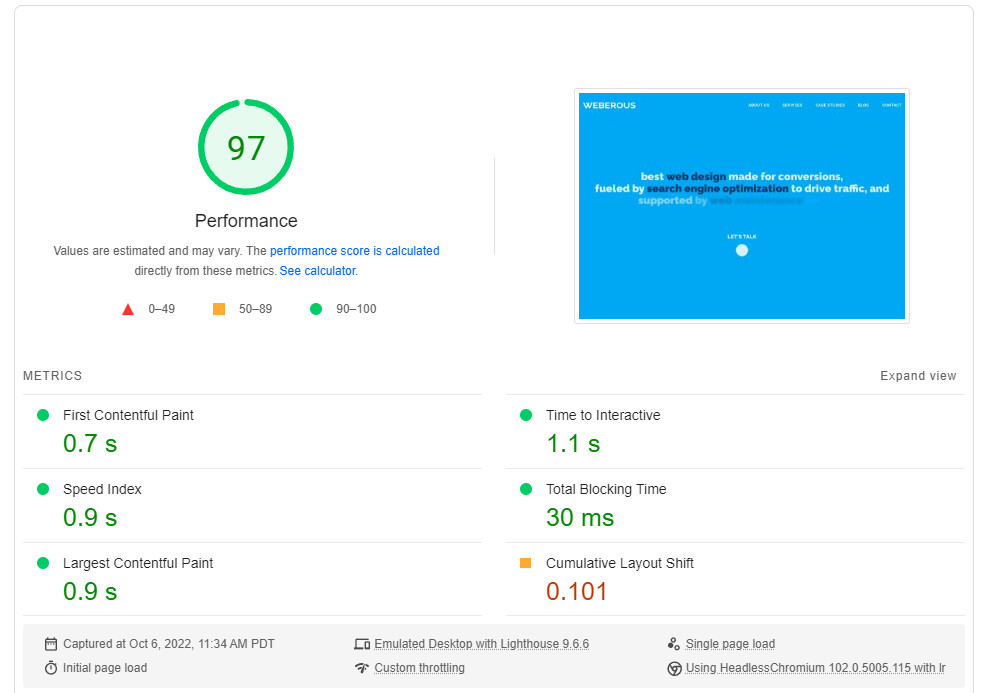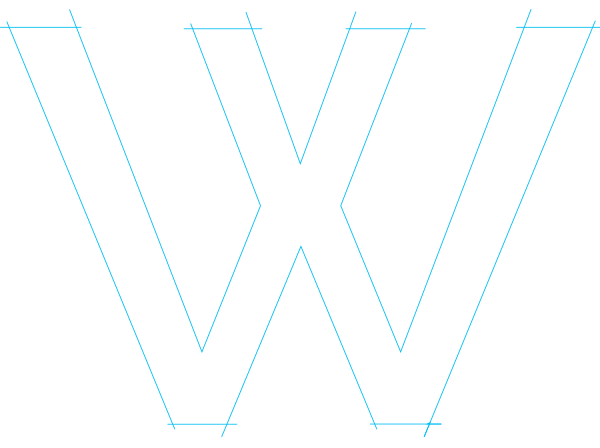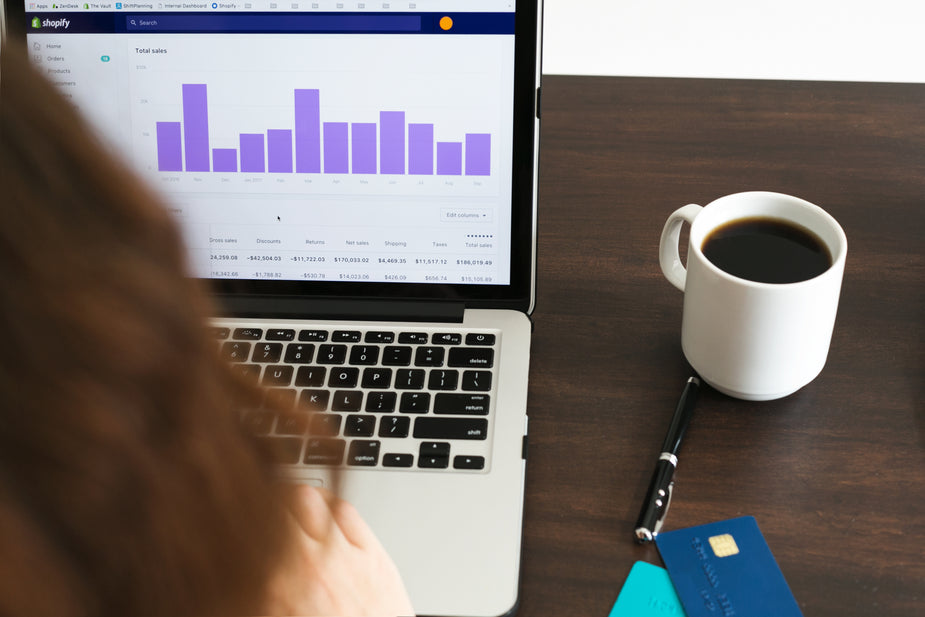Why Website Speed Optimization Matters & 5 Ways to Improve It
Have you ever visited a website only to be met with an agonizingly slow load time?
Is it the wifi? Did I click on the wrong website?
In some cases, these may be true. But, for many websites, the reason a site is loading so slowly is just the result of unoptimized code or lack of direction for content updates.
In a recent survey by Unbounce, they found that almost 70% of consumers admitted page speed impacted their willingness to buy from an ecommerce store.
When it comes to first impressions, the look of your site isn’t the only thing that matters. Your website speed helps form first impressions just the same.
We work with several Shopify Plus merchants and we’ve seen the effect of speed first hand, but speed does not discriminate — it affects B2B the same way.
A slow site can lead to low conversions, poor SEO, and a sub-optimal customer experience. If you want to make sure your site visitors aren’t leaving frustrated and you’re not leaving money on the table, then you need to put effort into website speed optimization.
In this article, we’ll go over why website speed optimization matters and 5 actions you can take to improve it today.
Let’s begin!
What Is Website Speed Optimization?
If you’re old enough to remember dial-up, you likely still have flashbacks of the cringeworthy sound it made. The reason being? It took so long!
While today’s internet speeds are way faster, websites have also gotten heavier, and so it’s easy for sites to feel like they’re taking forever to load.
So, how exactly is website speed defined?
Simply put, it’s the length of time it takes to display all the content on a specific page on your site. This includes everything from your text, images, videos, and other forms of media.
Website speed optimization is a series of steps and strategies you use to improve your site’s speed.
Your speed depends on a variety of factors such as the code on your site, the page type, file sizes, your website server, and more. How these aspects of your site are set up and running greatly impacts your overall site speed.
According to Neil Patel, 47% of consumers won’t wait longer than two seconds for a web page to load.
If you want to make sure your website is competitive in your industry, then you need to make website speed a priority.
Why Does Speed Optimization Matter?
Well, if your site is too slow, people will bounce. And when people bounce, you don’t get sales.
That’s what it all comes down to.
But if we had to break down the benefits of speed optimization then it would look something like this:
1. Increases Conversions
For most website owners, conversions are everything. And, if you’re here, it’s likely because your site is monetized.
Whether you run an ecommerce store, you offer an online service, or you’re an offline business who drives leads through your site, you need to make sure your site speed is up to par to increase conversions.
Did you know that for every 1-second delay in page loading speeds results in a 7% reduction in conversions?
For instance, If your site is three seconds slower than the average site, your conversions are likely 21% lower than they should be!
Let’s say you get 100,000 visitors to your site every month. If you get a 1.5% conversion rate, that’s 1,500 sales. If you could add 21% to that, you’re looking at 1,800 sales – or 300 additional sales every month!
Take your time. Do the math. What does a 21% increase in conversions add to your bottom line?
When you optimize your website speed, you’re really optimizing your conversions. And if you want to be successful online, a fast website is non-negotiable.
Sidenote – “fast” is relative and different for every site, but you just can’t have people waiting.
2. Improves Your SEO Rankings
If your site is too slow, your site could be ranked lower on Google – which means less traffic and ultimately fewer sales.
Google has spoken more and more about a website’s overall performance being a major ranking factor. Even if you have great content, your site’s rankings could be taking a major hit if your page is slow.
This isn’t a new factor either. Back in 2010, Google made it very clear that page speed is crucial to your rankings in their search engine. But, they also mentioned how you shouldn’t sacrifice quality content in order to rank higher.
If you want your SEO to improve so you generate more traffic to your site, you need to ensure your site is loading fast.
3. Better User Experience
As mentioned above, Google takes a serious look at your site’s overall performance.
The reason they do this isn’t just to be critical. It’s because they understand that a faster site will offer site visitors a better experience.
SEO is all about user experience. If you make visitors happy, then they’ll stay longer, and Google will reward you with better rankings.
By optimizing your website speed, you’re giving your site visitors a better user experience. It’s a win win.
One tip to keep in mind when it comes to improving your site speed and user experience: don’t neglect mobile. In fact, you should prioritize your mobile user experience over desktop.
According to a 2017 Google study, more than half of all mobile site visitors will leave if a site takes longer than 3 seconds to load.
5 Ways to Improve Your Site Speed
Now that you understand the importance of optimizing your site speed, it’s time to dive into some solutions.
There are numerous ways to improve speed, and there are also many ways to improve speed scores — case and point, our website has all the bells and whistles between animation, movement, and tons of visuals, and yet we got it from a sad 27 to a glorious 97/100 score for Desktop on Google Pagespeed after we optimized it for speed.

While there is no one-size-fits-all, here we’ll talk about 6 techniques that typically have the biggest impact on site speed:
1. Reduce Your Image Sizes
Files are data. Data takes up space. And the more space your data takes up, the longer it will take to ensure it loads.
This means you need to do everything you can to reduce file sizes. The first place you need to start is by going after your image files.
Did you know the average website is made up of about 50% images, according to the HTTP Archive?
You need to reduce your image file sizes so your site loads faster.
You can use a variety of free tools online to do this such as Optimizilla and TinyPNG. There are also plugins that will do this automatically for you. But this can be a double-edged sword. The more plugins and apps your site uses, the longer it will take to load.
2. Use a Content Delivery Network (CDN)
The next step you need to take is to use a content delivery network (CDN), otherwise known as a Content Distribution Network.
This is a geographically distributed group of servers. A CDN helps website owners host their website on a number of servers around the world.
Simply put, it helps deliver all content (images, videos, etc.) faster based on the physical location of the site visitor.
Some of the most common CDN services are Cloudflare and Amazon CloudFront.
3. Minify Your Code
Minify. Strange word, isn’t it?
Well, it simply means to minimize code and markup on your website. It’s a way to optimize your code so there’s no excess which can lead to long load times.
As mentioned above, the smaller your file sizes are on your site, the quicker it will load. One area you can optimize the total data on your site is by optimizing your code.
You should minify – or minimize – the code on your site if you want faster page speeds.
This means optimizing your HTML, CSS, and Javascript.
4. Cache Your Website
Another way you can improve your website speed is by caching your website.
Website caching is the process of storing specific copies of your web files in a cache so they can be accessed quickly. Caching is a great way to increase your site speed without sacrificing your site’s performance, and it may or may be applicable depending on the type of website.
The simplest way to think about it is that most modern websites load their pages dynamically – the page is essentially generated when a visitor tries to load it in their browser. Caching is the process within which a version of the generated page is stored so that it doesn’t have to be “re-generated” for every visit – it just has to load.
This speeds things up substantially.
5. Minimize 301 Redirects
If content on your site becomes irrelevant, or you remove a product from your store, you may need to use a 301 redirect on your site.
This makes it so that if an outdated page link is visited, the visitor would be redirected to a new page.
It’s great, and often necessary.
The issue is that people often overuse redirects for no reason.
For example, if you have a link to a page that no longer exists, then instead of redirecting that link, you could simply remove it.
Better yet – consider whether the page could be repurposed. This can be good for SEO as well.
An older page often comes with “authority” (from an SEO perspective), and while it can always be redirected to a new one, there may be opportunity to update it and maintain all of the SEO-related benefits of its age.
Improve Your Website Speed Today
Well, there you have it – 5 ways to optimize your website speed. While this isn’t every website speed optimization tip available, you can be sure that if you put these into action, your site will be loading faster than it does now.
Just remember to:
1. Reduce your image sizes
2. Use a Content Delivery Network (CDN)
3. Minify HTML, Javascript, and CSS
4. Cache Your Website with a Plugin
5. Minimize Redirects
Just keep in mind that you need to find a balance between improving your site speed and doing so without affecting the functionality or its performance.
At Weberous, we’ve worked with numerous clients to improve the performance of their site while improving their overall design and user experience.
Such is the case with our client, Gumball.com. This established Shopify Plus merchant came to us with low website speed scores in the 20s and we brought them up to the 80s without sacrificing design or functionality.
As experienced web developers, we’ve worked with clients in various industries to optimize their website speed in order to maximize conversions, improve SEO, and improve their user experience.








